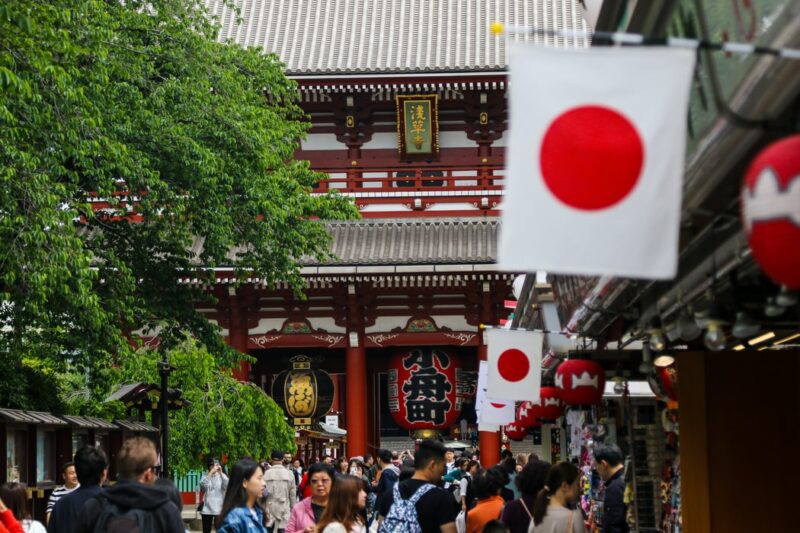Japan’s master plan for victory: what could have been
February 8, 2022
_In Australia we like to believe that the US Pacific Fleet saved us from Japanese attack in 1942-1944, but that is only partly true.
_
According to Japanese war history expert, Moteki Hiromichi, it is also true that but for a mistake in Japan’s wartime strategy the US Pacific Fleet would not been there or needed to save us.
And we have to thank China for forcing Japan into making that mistaken change in strategy.
Moteki is the acting chairman of Japan’s doggedly revanchist Society for Dissemination of Historical Fact.
In the Japan Times of January 20 this year he published a review entitled “Japan’s Master Plan for Victory: What Could Have Been” based on his 2018 Japanese book of the same name.
His nostalgia for “what could have been” was a nostalgia for an aborted World War II plan which if carried out would have allowed Japan to dominate everything from East Asia to the Suez Canal (with Australia presumably included).
The plan began to be developed by economic and other specialists early in 1941. Entitled “Draft Proposal for Hastening the End of War Against the United States, the United Kingdom, the Netherlands, and Chiang Kai-shek”, it was formally adopted on November 15, 1941.
It called for Japan first to attack the UK and Netherland’s East and South-East Asian colonies. From there its military would move west towards the Middle East.
Then “with the UK weakened or unable to continue, Japan would persuade the US that conflict with Japan would be futile”. Attempts to supply UK forces from the north, over the Soviet Union, could easily be cut off.
With the UK in a weakened position, the draft proposal goes on to say, the US would “lose the will to continue hostilities against Japan”. (In fact an isolationalist US may never have had that will in the first place.)
Indeed, Moteki points out that UK prime minister Winston Churchill gave a warning to US president Franklin Roosevelt on April 15, 1942 which said just that — that should Japan control the Western Indian Ocean the British position in the Middle East would collapse and supplies via Russia would be cut.
Moteki makes the point that Japan’s success at Pearl Harbor was a defeat rather than a victory for Japan. Not only did it bring the US into the war, early. It also deluded Japan’s planners into thinking they could defeat the US in the Pacific with their dominant naval forces.
Instead, rapidly dominant US naval forces defeated Japan with their victories at Midway, Coral Sea, and Guadalcanal, leaving a battered Japanese navy unable to defend the homeland from subsequent US island-hopping attacks from the south.
Japan should have relied more on its army, Moteki insists. With only a minimum of troops it had already in early 1942 conquered most of the UK and the Netherlands controlled areas in South-East Asia. If it had moved directly from there to the Middle East it would have dominated the world’s oil supplies. For Japan, that would be its final victory.
But this assumes the Japanese army could have bypassed China. It was the inability of that army to defeat a China which had held out for eight painful years from 1937 which had also led Tokyo to prefer the naval strategy that had guaranteed its final defeat.
Moteki makes no effort to hide his anti-navy bias, and his dislike of supreme commander, Isoroku Yamamoto. It was Yamamoto, given a free hand after the glamour of his Pearl Harbor victory, who pushed for the futile strategy of having the navy attack southward. The army, with its early victories in Southeast Asia, should have been given more opportunity.
Another mistake, the reviewer says, was having Japan join the Axis with Germany and Italy in September 1940. This encouraged the US to increase its trade embargo against Japan, which in turn led to the mistaken Pearl Harbor attack.
But there is one key omission from this catalogue of maybes, and it is crucial. This is the role of the message decoders based in Australia. But for their efforts it is more than possible Japan’s “move south” naval strategy might have succeeded. The bravery of Australian soldiers in the New Guinea fighting to stop Japan’s southward aggression should also be noted.
Today our amateur strategists seek to link us up with Japan to confront the same China that once helped rescue us from the same Japan.
They argue it is not the same Japan, that Japan has changed.
Changed? When our sailors go on exercises with the Japanese navy do they realise they sail under the same wartime rising sun flag which the Japanese navy has refused to change
Pride in Japan’s former aggressive military remains. Reluctance to admit wartime atrocities against China is alarming; the Moteki who regrets Japan’s wartime strategy mistakes is one of Japan’s leading Nanking Massacre deniers.
The dominant group in Japan’s dominant LDP political party have direct blood relations with Japan’s wartime military leaders.
These people still seek to dominate China. What has changed is that this time they want the US and the rest of us to help.

